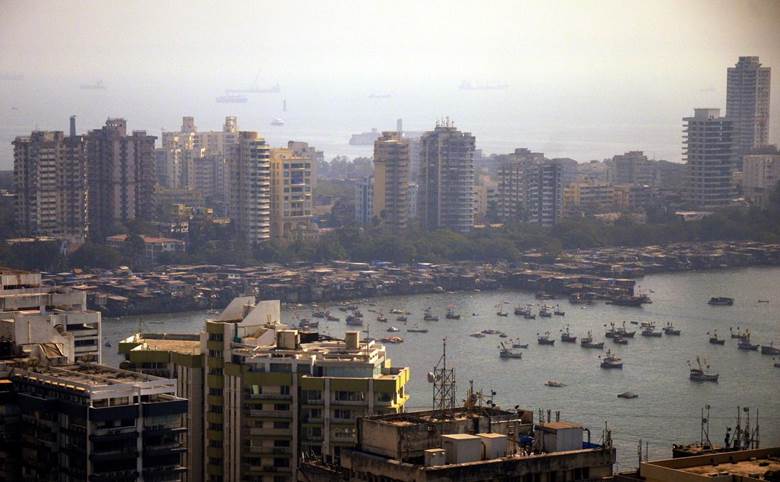Description

Copyright infringement is not intended
Context: Comptroller and Auditor General (CAG) of India tabled a report in Parliament on whether steps taken by the Union Environment Ministry to conserve India’s coastal ecosystems have been successful. The CAG frequently undertakes ‘performance audits’ of government programmes and ministries. This latest report contains the observations from an audit of Conservation of Coastal Ecosystems from 2015-20.
What are the Centre’s obligations on conserving the coastline?
- The government has issued notifications under the Environment Protection Act, 1986, to regulate activities along India’s coasts particularly regarding construction.
- The Coastal Regulation Zone Notification (CRZ) 2019, implemented by the Ministry, classifies the coastal area into different zones to manage infrastructure activities and regulate them.
- The three institutions responsible for the implementation of the CRZ are the National Coastal Zone Management Authority (NCZMA) at the Centre, the State/Union Territory Coastal Zone Management Authorities (SCZMAs/UTCZMAs) in every coastal State and Union Territory and the District Level Committees (DLCs) in every district that has a coastal stretch and where the CRZ notification is applicable.
- These bodies examine if CRZ clearances granted by the government are as per procedure, if project developers once given the go-ahead are complying with conditions, and if the project development objectives under the Integrated Coastal Zone Management Programme (ICZMP) are successful.
- They also evaluate the measures taken up by the government towards achieving the targets under Sustainable Development Goals, a set of United Nations-prescribed targets for countries towards eradicating poverty and becoming sustainable societies.

Why did the CAG undertake this audit?
- The CAG has a constitutional mandate to investigate and report on publicly funded programmes.
- The CAG conducted “pre-audit studies” and found that there were large-scale CRZ violations in the coastal stretches.
- Incidences of illegal construction activities (reducing coastal space) and effluent discharges from local bodies, industries and aquaculture farms had been reported by the media and this prompted it to undertake a detailed investigation.
- The audit pointed out various categories of violations.
- For one, the Environment Ministry hadn’t notified NCZMA as a permanent body and it was being reconstituted every few years. In the absence of defined membership, it was functioning as an ad-hoc body.
- There were instances of the Expert Appraisal Committees — a committee of scientific experts and senior bureaucrats who evaluate the feasibility of an infrastructure project and its environmental consequences — not being present during project deliberations.
- There were also instances of the members of the EAC being fewer than half of the total strength during the deliberations.
- The SCZMA had not been reconstituted in Karnataka and there was delayed reconstitution in the States of Goa, Odisha and West Bengal. The DLCs of Tamil Nadu lacked participation from local traditional communities. In Andhra Pradesh, DLCs were not even established.
- There were instances of projects being approved despite inadequacies in the Environment Impact Assessment (EIA) reports. These included non-accredited consultants preparing the EIA, using outdated data, not evaluating environmental impacts of the project, not appraising the disasters which the project area was prone to and so forth.
- Tamil Nadu didn’t have a strategy in place to conserve the Gulf of Mannar Islands.
- In Goa, there was no system for monitoring coral reefs and no management plans to conserve turtle nesting sites.
- In Gujarat, instruments procured to study the physiochemical parameters of soil and water of the inertial area of the Gulf of Kutch weren’t used.
- Sea patrolling in Gahirmatha Sanctuary, in Kendrapara, Odisha did not happen.
- A research laboratory at Dangmal, Kendrapara District, Odisha constructed in 2016 has not been made functional till date.
- There was no website to disseminate the information related to the NCZMA , the CAG found, which is a clear violation of the mandated requirements of the Authority.
Background:
- The Coastal Regulation Zone Notification (CRZ) 2019 classifies the coastal area into different zones to manage infrastructure activities and regulate them. These are:
- CRZ-I:
- CRZ-I constitutes ecologically-sensitive areas, such as mangroves, corals/coral reefs, sand dunes, national parks, marine parks, sanctuaries, reserve forests, wildlife habitats, etc.
- The coastal regulation zone areas in CRZ-I are situated between high tide lines and low tide lines.
- High tide line - the line of intersection of the land with the water's surface at the maximum height reached by a rising tide.
- Low tide line - the line on the land where the lowest tide of water touches during spring tide.
- CRZ-II:
- It constitutes the developed areas up to the shoreline, which fall within the existing municipal limits.
- The development of unauthorised structures is not allowed in this zone.
- CRZ-III:
- Localities, such as rural areas that are relatively undisturbed and do not fall under the above categories, are included in this zone.
- Only specific activities related to agriculture or certain public facilities are permitted under this coastal regulation zone.
- CRZ-IV:
- The zone constitutes water areas from the low tide line up to territorial limits, including areas of the tidal-influenced water bodies.
- Activities such as fishing and other allied services are permitted in this zone.
https://www.thehindu.com/sci-tech/energy-and-environment/explained-have-coastal-ecosystem-norms-been-violated/article65764799.ece












